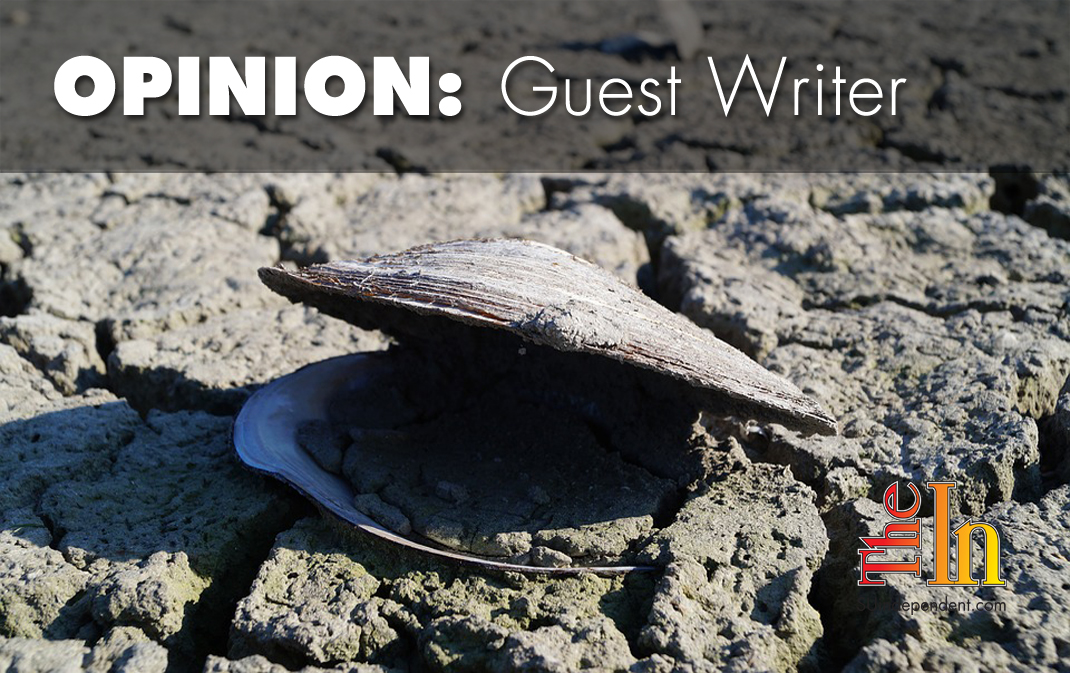 Climate change is an immediate, not long-term, threat
Climate change is an immediate, not long-term, threat
By Hugh J. Sealy
Nearly two million Americans live within a mile of a highly polluted Superfund site that’s at risk of flooding due to climate change. A flood at any of these 327 locations could spread toxic waste to the surrounding community, according to an Associated Press analysis.
This report shows that climate change isn’t just a long-term environmental challenge. It’s also an urgent public health threat.
Superfund sites are places such as old landfills and shuttered chemical plants that the Environmental Protection Agency has singled out for federal clean-up due to the presence of toxic materials.
Climate change-fueled storms have turned these sites into public health disasters waiting to happen. In Houston last year, 13 Superfund sites flooded as a result of Hurricane Harvey. One of those locations, the San Jacinto Waste Pits, leaked toxic chemicals including dioxins, which cause reproductive problems and cancer.
Meanwhile, in the wake of Hurricane Maria, a lack of clean water in storm-battered Puerto Rico forced some residents to drink from wells near the island’s Superfund sites.
Stories like these will become far more common, especially as climate change increases the risk of flooding. A recent study published in the journal Science Advances predicts that by 2040, the number of people in North America vulnerable to extreme flooding will balloon from 100,000 to one million.
Floods aren’t the only calamity caused by climate change. Toxic air pollution from wildfires, which are exacerbated by droughts linked to climate change, also endangers Americans’ health.
The hotter temperatures brought on by climate change have led to longer and more severe wildfire seasons. This is especially true in the western United States as evidenced by last year’s devastating blazes in Southern California. Those fires destroyed over a thousand buildings and forced hundreds of thousands of Californians to flee their homes.
The damage wasn’t limited to Southern California. Wildfires release toxic heavy metals into the air. Such pollutants can make the air dangerous to breathe up to 70 miles away.
Climate change also enables diseases to spread further and more rapidly. As temperatures rise, animal-borne diseases that were previously confined to the tropics and subtropics move north. Since the 1980s, 76 percent of large American cities have experienced longer mosquito seasons in part due to warmer, more humid climates.
This trend helps explain why the incidence of West Nile virus, which is carried by mosquitoes, has skyrocketed from only 21 cases in 2000 to 2,149 in 2016. Worst still, the likelihood of contracting West Nile virus will rise in 68 percent of California’s geographic areas by 2050, according to researchers at UCLA.
Similarly, climate change has made the United States more hospitable to several tick species that carry Lyme disease. Since 1996, the number of counties in which these ticks live has increased by 44 percent. Twenty years ago, these insects could not be found anywhere in Ohio. Today, they live in 33 of the state’s 88 counties.
Many people think of climate change as a long-term problem, the costs of which will be paid mainly by the planet’s future inhabitants. But this view ignores the urgent threats that flooding, wildfires, and diseases caused by climate change pose to Americans right now.
Climate change demands an immediate response.
Hugh Sealy is a professor in the Department of Public Health and Preventive Medicine at St. George’s University in Grenada. He has been a lead negotiator for small island states since 2008, including at the historic COP 21 in Paris, the COP 22 Summit in Morocco, and COP 23 in Bonn.
Articles related to “Climate change is an immediate, not long-term, threat”
Global warming denials: Can you say intellectually dishonest?
Letter to the Editor: Climate change denial in southern Utah
Majority of Utahns believe climate change happening, humans partly responsible
The viewpoints expressed above are those of the author and do not necessarily reflect those of The Independent.
How to submit an article, guest opinion piece, or letter to the editor to The Independent
Do you have something to say? Want your voice to be heard by thousands of readers? Send The Independent your letter to the editor or guest opinion piece. All submissions will be considered for publication by our editorial staff. If your letter or editorial is accepted, it will run on suindependent.com, and we’ll promote it through all of our social media channels. We may even decide to include it in our monthly print edition. Just follow our simple submission guidelines and make your voice heard:
—Submissions should be between 300 and 1,500 words.
—Submissions must be sent to editor@infowest.com as a .doc, .docx, .txt, or .rtf file.
—The subject line of the email containing your submission should read “Letter to the editor.”
—Attach your name to both the email and the document file (we don’t run anonymous letters).
—If you have a photo or image you’d like us to use and it’s in .jpg format, at least 1200 X 754 pixels large, and your intellectual property (you own the copyright), feel free to attach it as well, though we reserve the right to choose a different image.
—If you are on Twitter and would like a shout-out when your piece or letter is published, include that in your correspondence and we’ll give you a mention at the time of publication.



